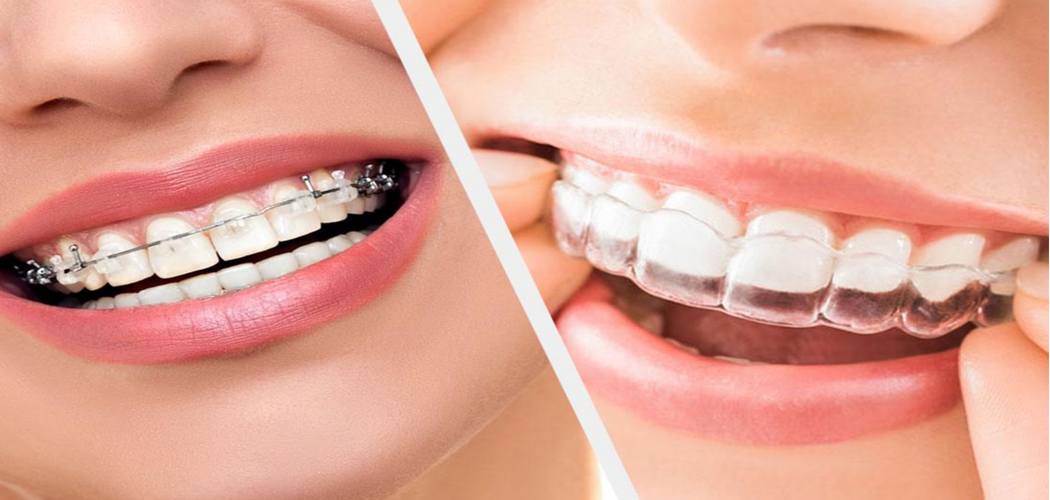Orthodontics
Orthodontics is a specialist branch of dentistry. The term “orthodontics” can be broken down into two Greek words – “orthos” meaning straight or correct and “dontics” meaning teeth. Orthodontics therefore describes the practice of straightening misaligned teeth or malocclusions. Dentists who specialize in orthodontics can help manage abnormal positioning of the teeth, jaws and face.
Benefits of orthodontics
Orthodontics has additional benefits over improving cosmetic appearance. The benefits for opting for straightening the teeth include:
- Improvement of self esteem
- Improved function of teeth including better chewing and clearer pronunciation and speech
- Reduced risk of dental caries occurring due to the collection of food particles between the teeth
- Reduced risk of gum injury and trauma due to overbites and malocclusions
Aims of orthodontic treatment
- Providing cosmetic correction and improving appearance
- Providing a healthy functional bite
- Preventing diseases of the teeth
Some of the dental malocclusions that may be corrected by orthodontics include:
- Crowded teeth – Crowding of teeth or poor alignment of teeth that may be too large for the mouth. This leads to a poor bite as well as an unsightly appearance. The most common teeth to crowd are the upper canine teeth.
- An open bite – This occurs when the lower end of the upper front teeth do not touch the upper end of the lower front teeth. This leads to insufficient chewing.
- Deep over bite – This describes when the top and bottom front teeth are not aligned and the bottom teeth tend to touch the roof of the mouth, sometimes damaging the gums and the palate. This may lead to gum damage, gum diseases, tooth loss and tooth wear.
- Cross bite – This occurs when the teeth ends do not meet. It leads to poor appearance, insufficient chewing and easily erodible teeth.
- Increased overjet – This describes when the upper teeth protrude and may result from thumb or finger sucking. This may also be due to uneven jaw bone growth.
- Reverse overjet – The lower jaw protrudes beyond the upper jaw. Aside from poor cosmetic appearance, it can lead to worn teeth.
- Spacing – Unnatural spacing between teeth may result from poorly developed, smaller or missing teeth.
Methods adopted by orthodontics specialists
Teeth can be straightened in adults, adolescents or children, using braces that may be fixed or removable. These may be adjusted and may straighten the teeth while allowing for growth and development.
